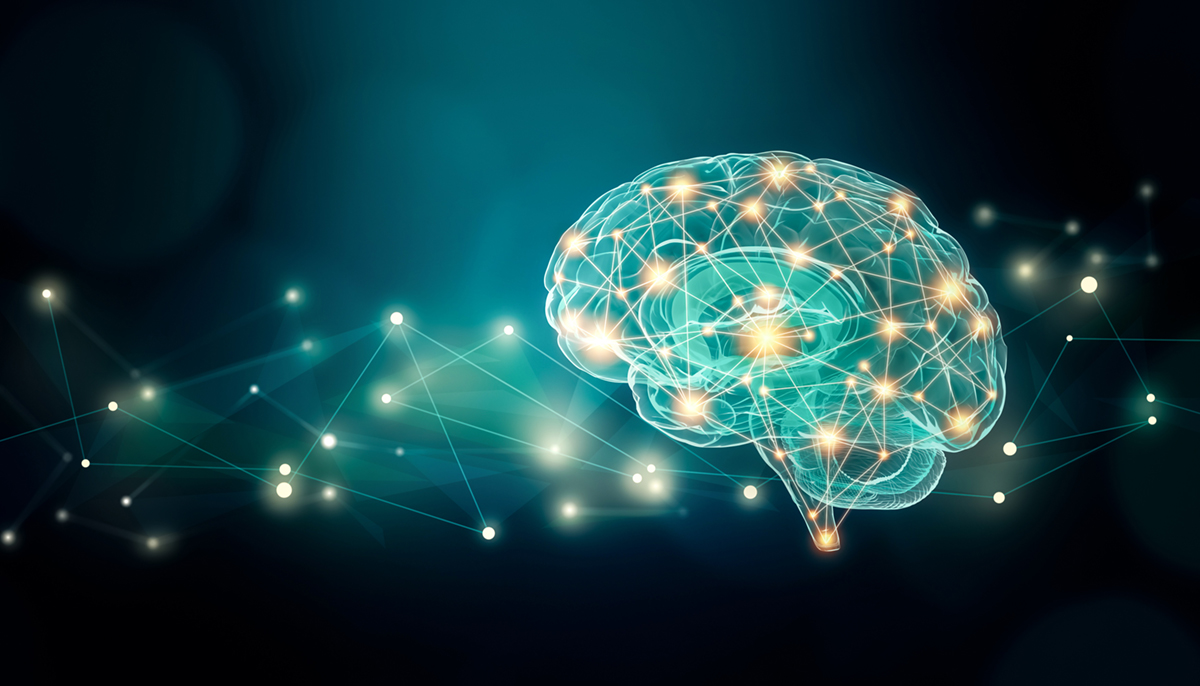Lefties vs. Righties
Right-handed people dominate the world, and it’s been that way since the Stone Age. How do we know? Researchers figured it out by measuring the arm bones in ancient skeletons and by examining wear patterns in prehistoric tools. In Western countries, lefties make up only about 10% of the population. Folks who favor different hands for different tasks (mixed handed) or who use both hands with equal skill (ambidextrous) are uncommon.
Scientists have long known that handedness is partly shaped by genes. But it wasn’t until 2019 that they identified differences in parts of the DNA of left- and right-handers. The study, which also analyzed brain scans of 9,000 British subjects, found that in lefties, the parts of the right and left sides of the brain that process language work in better tandem. Whether that makes left-handers more fluent speakers is still to be investigated.
Fetuses start to move their arms around 9-10 weeks. By early in the second trimester, the babies show a clear preference for sucking one thumb over the other. So, handedness is probably hardwired before birth. Still, most development experts say parents likely won’t get a good sense of their child’s dominant hand until age 2 or 3. Many kids continue to switch hands for different tasks during early childhood.
Studies show that non-right-handed students are much more likely to struggle in school and have ADHD symptoms. That may be particularly true for those who are mixed-handed or ambidextrous. One study found that children who switch hands back and forth are about twice as likely to have dyslexia. Researchers don’t know exactly why. But they suspect that having an inconsistent dominant hand may be a bigger problem than consistent left-handedness.
Your brain’s right side controls muscles on the left side of your body and largely drives musical and spatial abilities. That may be why left-handers often hold more than their share of slots in creative professions. Mirror writing, where letters are reversed and written backward, is almost always done with the left hand. Some studies show that left-handed children score higher on verbal reasoning or are more likely to be in gifted programs.
Cultural biases against left-handers has existed throughout history. American teachers and doctors in the early 1900s pressured students to switch hands.

